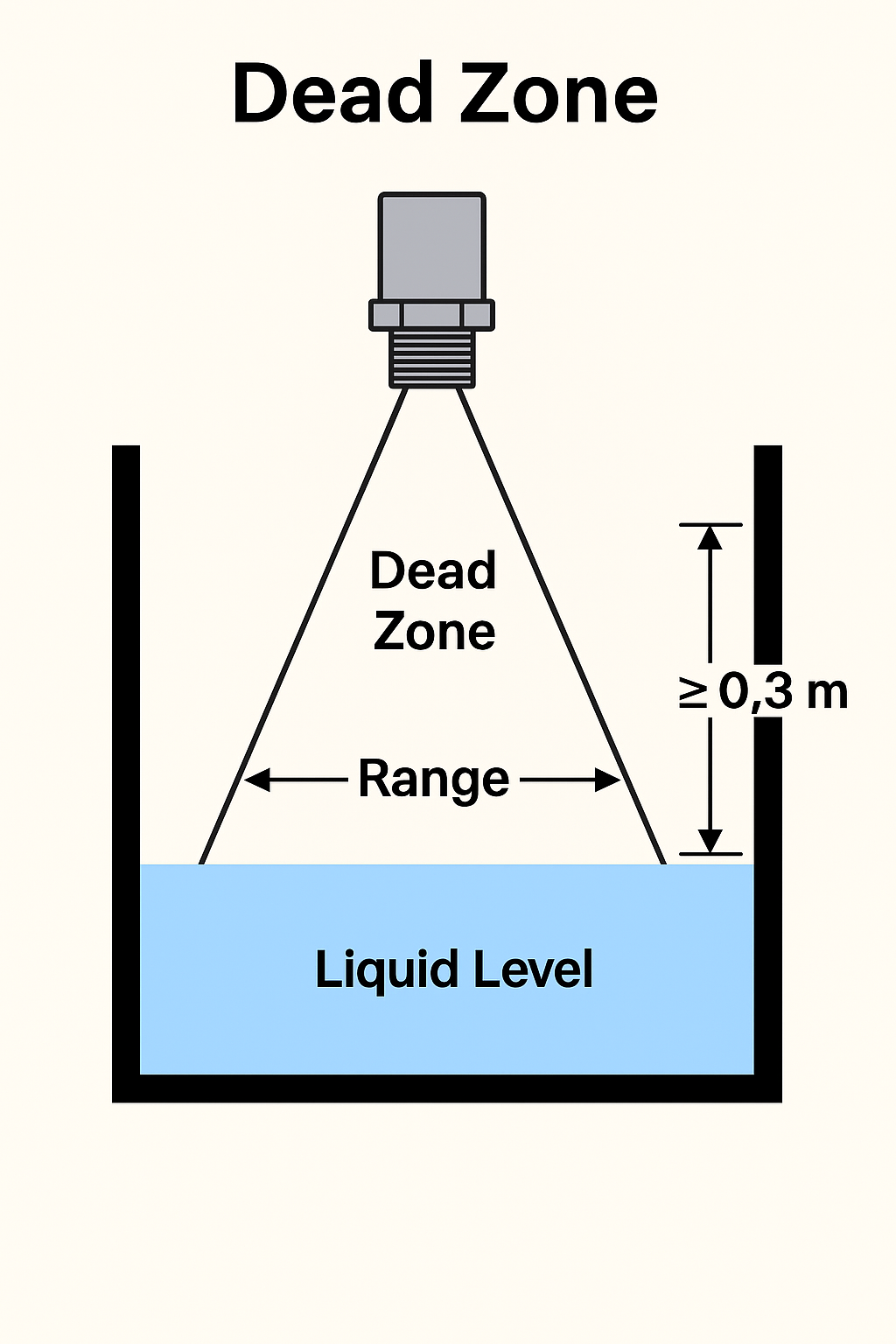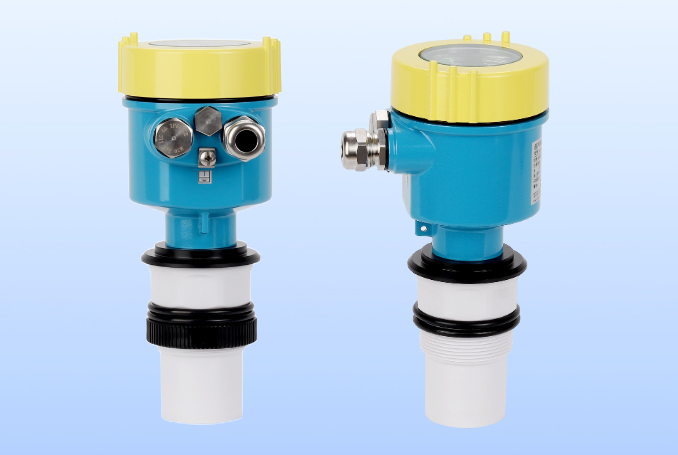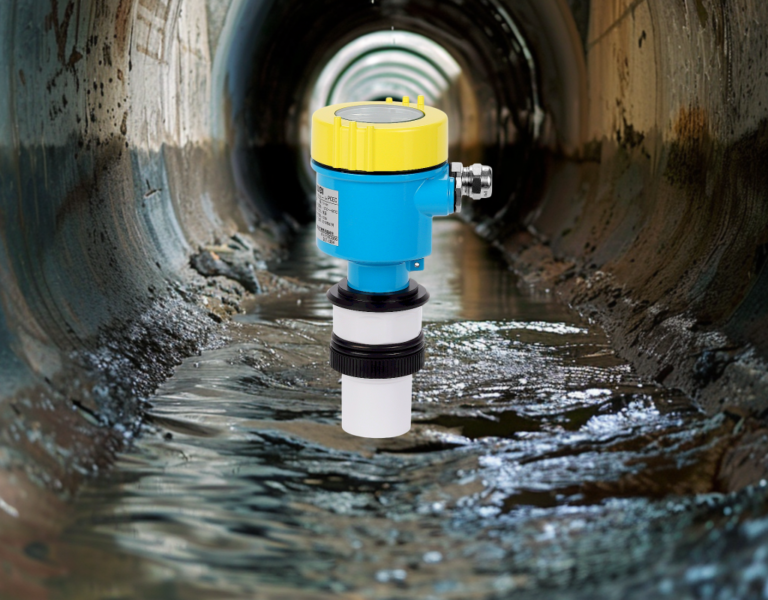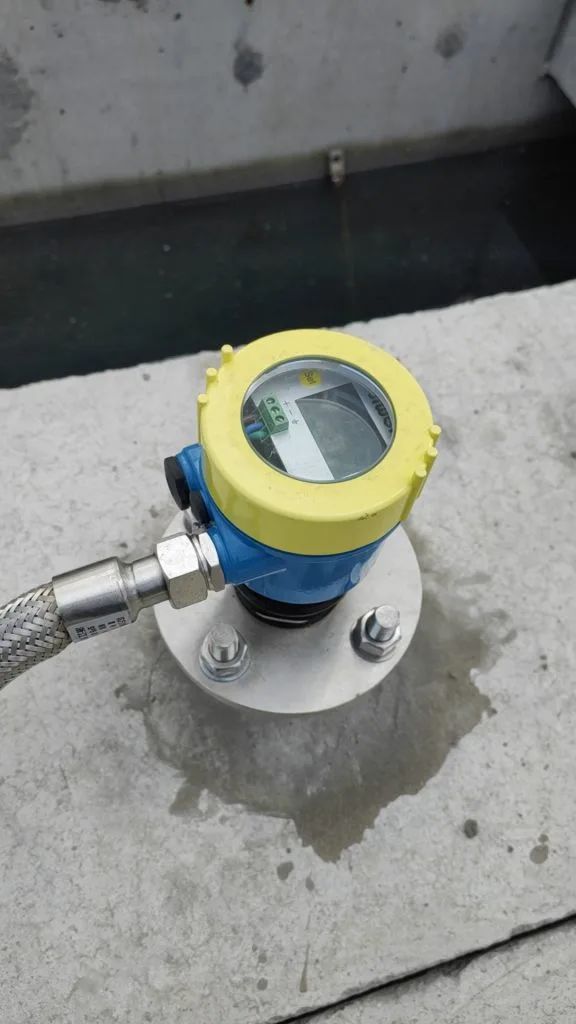In industrial processes, liquid level control is a crucial aspect of ensuring operational stability and efficiency. A common engineering design involves using buffer tanks, which serve as product tanks for upstream processes and raw material storage for downstream processes. The addition of buffer tanks helps to minimize the mutual influence of fluctuations between upstream and downstream units. However, the process of transferring materials to buffer tanks often requires heat exchange and pumping operations, leading to increased energy consumption and complexity.
Recently, an alternative approach known as direct supply has gained popularity, aiming to reduce or eliminate the use of buffer tanks. This article explores the challenges associated with liquid level control under direct supply systems and how advanced control strategies can simplify these complexities.

Challenges in Direct Supply Systems
When implementing a direct supply approach, traditional liquid level and flow control strategies may become inadequate due to the absence of buffer tanks. The introduction of a new control valve (V1) poses significant operational challenges. The primary reason buffer tanks cannot be entirely eliminated is the imbalance between long-term material balance and short-term fluctuations. Common scenarios leading to short-term imbalances include:
Intermittent upstream production – fluctuations in production rates can cause supply inconsistencies.
Intermittent downstream consumption – sudden changes in demand can disrupt smooth operation.
Frequent upstream-downstream mismatches – process variations require constant adjustments.

In these scenarios, controlling two key process variables, liquid level (LT) and flow rate (FT), using three manipulated variables (V1, V2, V3) based on PID control can be challenging. Traditional PID-based control strategies involve expanding controlled variables or combining manipulated variables, which increases complexity and requires case-specific tuning. As a result, achieving optimal control without a predefined routine becomes difficult.
Advanced Control as a Solution
Advanced control techniques provide a robust alternative to conventional PID control by transforming complex control problems into constraint optimization problems. The relationships between variables and models can be structured in a way that allows for real-time optimization, ensuring efficient operation despite system constraints.
For instance, in a scenario where the manipulated variables outnumber the controlled variables (an over-actuated or “fat” system), feasibility issues do not arise. Instead, the control strategy focuses on optimizing excess degrees of freedom. One practical approach is to maximize the opening of the direct supply control valve (V1), which simplifies the control problem while ensuring process efficiency.
Advantages of Advanced Control
Optimization Capabilities: Advanced control allows for dynamic multi-variable constraint handling and optimization, enhancing process stability.
Universality: The proposed control scheme applies to various operating conditions without the need for extensive redesign.
Reduced Complexity: Compared to multi-variable PID control, advanced control strategies reduce the complexity of converting multi-variable problems into single-variable problems.
Improved Operational Efficiency: By leveraging model-based optimization, energy consumption and operational costs can be minimized.

Comparison Between Traditional and Advanced Control
| Feature | Traditional PID Control | Advanced Control |
|---|---|---|
| Complexity | High (multi-variable interactions) | Lower (optimized strategies) |
| Flexibility | Limited to specific conditions | Adaptive to various conditions |
| Optimization | Manual tuning required | Automated, model-based |
| Implementation Cost | Lower initial cost | Higher initial but lower long-term cost |
| Response Time | Slower due to manual tuning | Faster through real-time adjustments |

Conclusion
The transition from traditional liquid level control using buffer tanks to direct supply systems presents new challenges that demand advanced control solutions. By leveraging advanced control techniques, industries can achieve more stable, efficient, and cost-effective operations. While traditional PID control methods struggle to handle multi-variable interactions and fluctuating process conditions, advanced control offers a streamlined, optimization-driven approach that ensures robust process performance.
Future work should focus on further exploring the implementation challenges of advanced control, including integration with existing industrial automation systems and the potential for artificial intelligence-driven optimization techniques.
